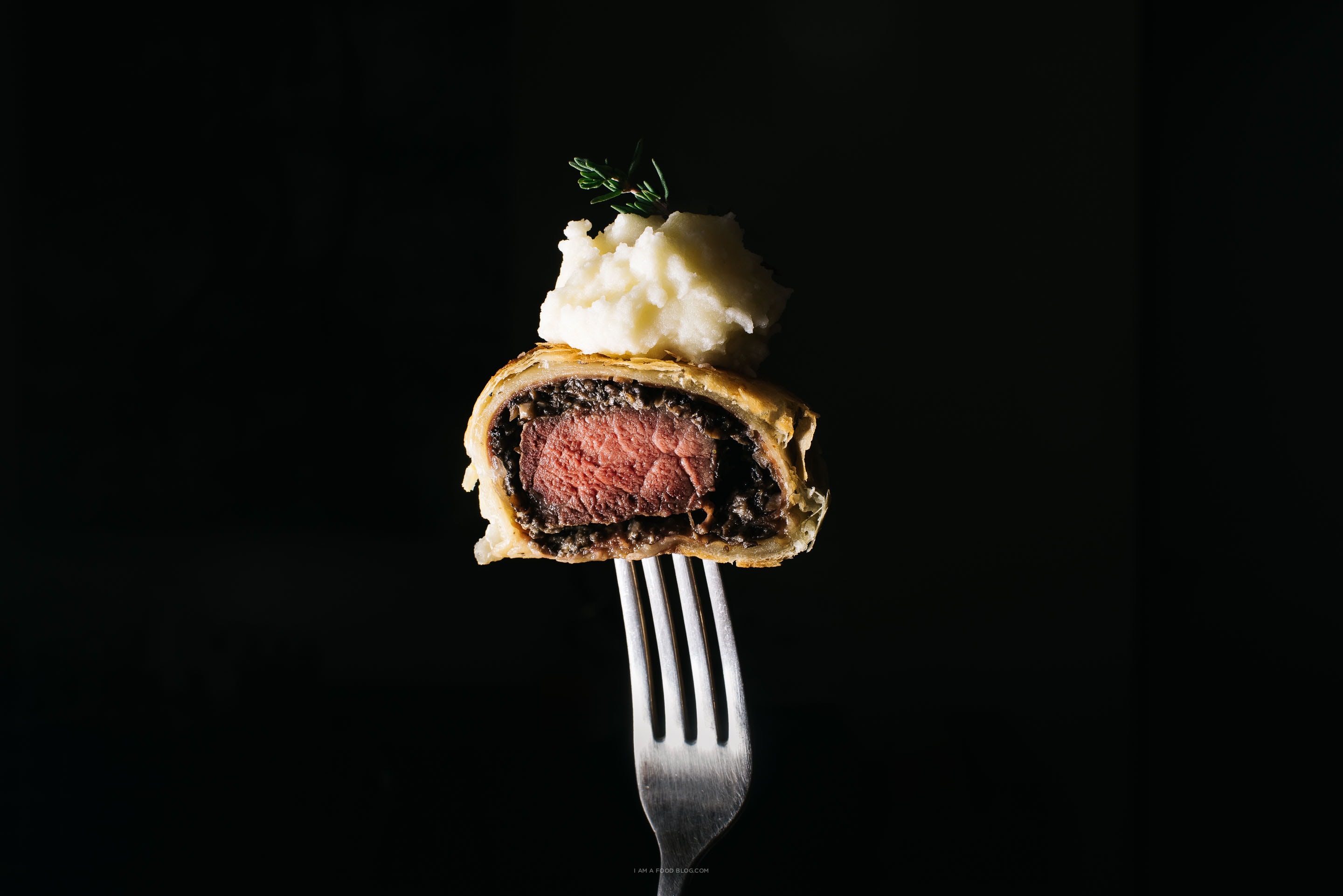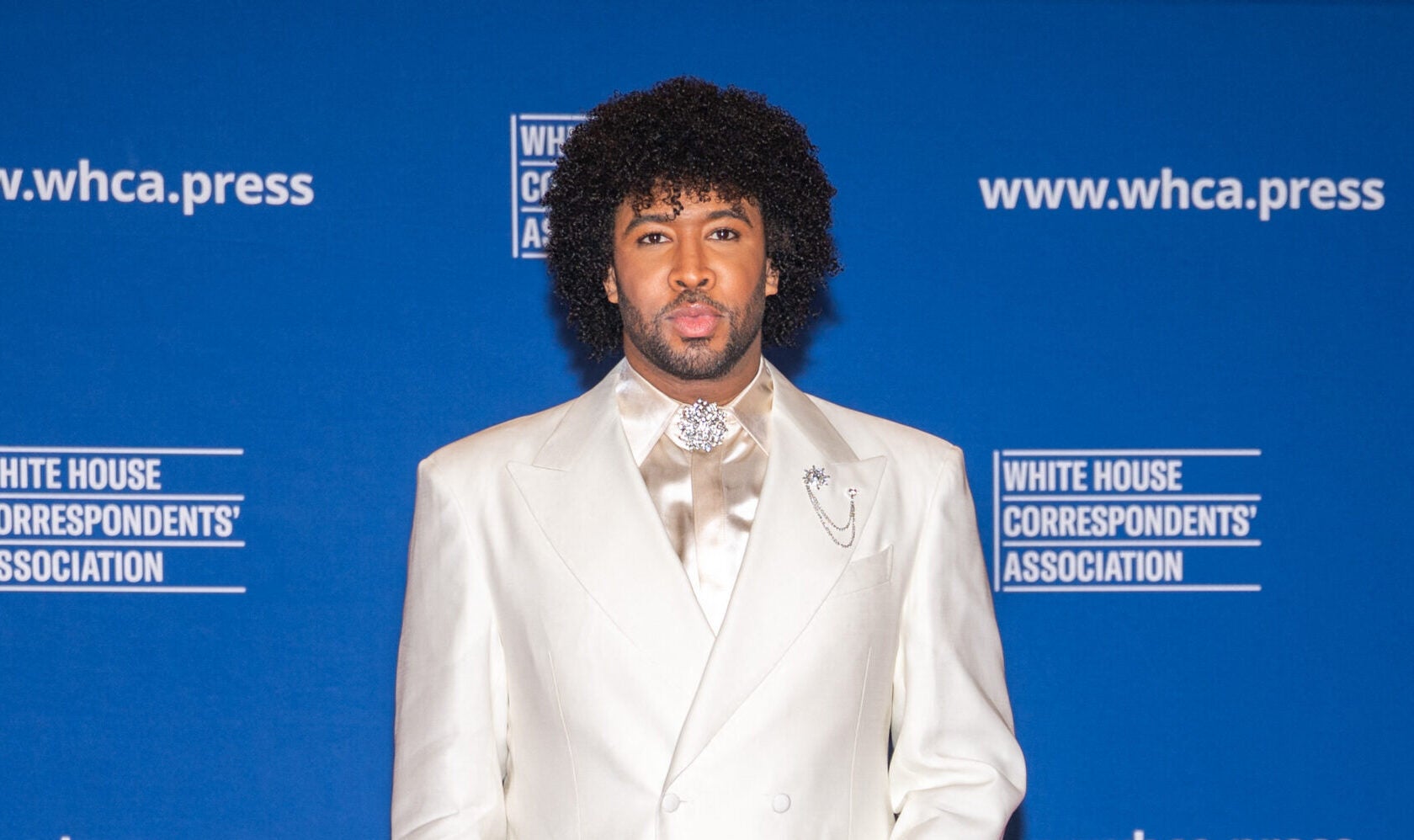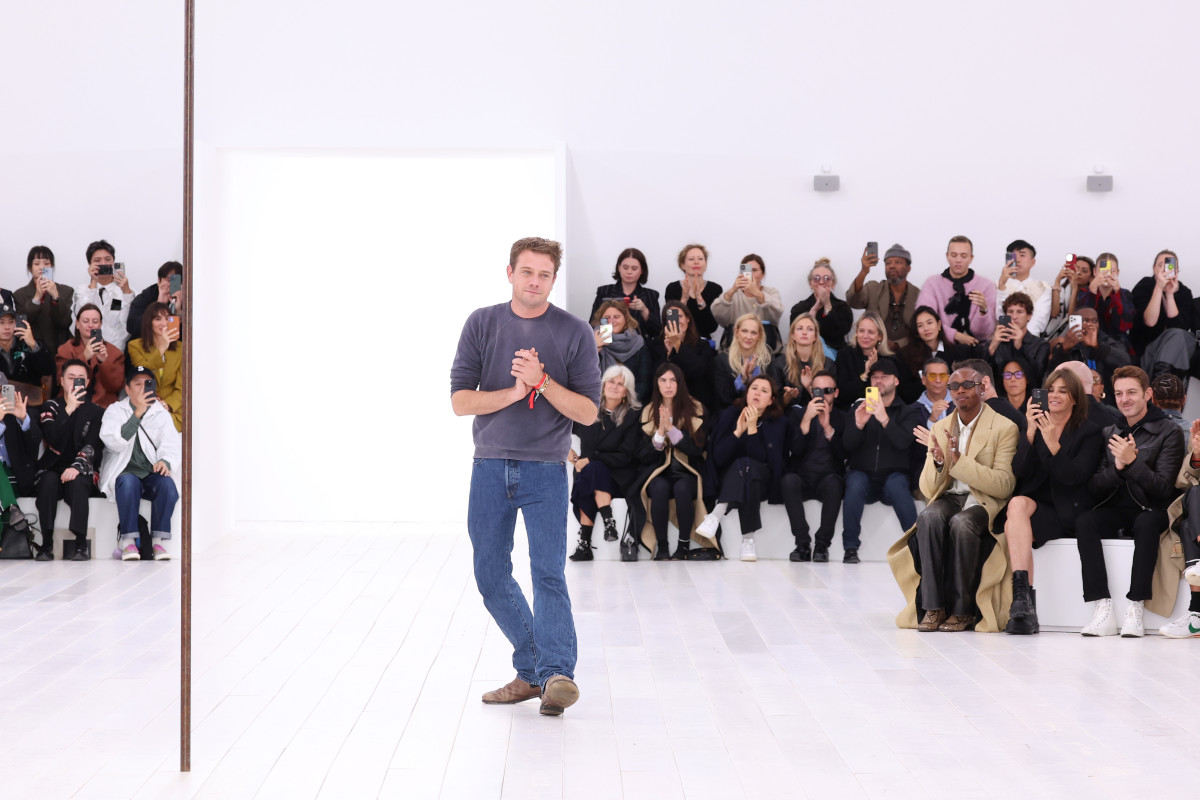Abandoned 25,000-seater stadium saw EFL club go under before being flogged to local sports team
One EFL club had their sights set on the Premier League and even had a state-of-the-art stadium to back them up. Unfortunately for Darlington, their road to the top couldn’t have gone more wrong. Darlington’s 25,000-seater stadium was tipped to take them to the Premier LeagueRex Playing in the Third Division (League Two), the Quakers played their football at Feethams, an old-school stadium that had a capacity of 8,500. The club were bought by George Reynolds in 1999 who had ambitions of reaching the Premier League. As part of his masterplan, Reynolds built a brand new 25,500-seater stadium that could be their home on their journey to the top. Costing £18million, the newly-opened George Reynolds Arena would cause huge problems for the club moving forward. This was due to being funded by high-interest loans and a need for radically increased attendances. As well as leaving their spiritual home, Darlington – who averaged a crowd of around 2000 at the time – moved into the huge arena with empty seats aplenty. In the years that followed, the 25,000 capacity was restricted to just 10,000 by local planning regulation due to the poor access roads around the stadium. It even hosted an Elton John concert in 2008 with 17,000 fans attending – the largest-ever attendance at the stadium – but due to the costs of the stadium, Darlington FC failed to turn a profit from the occasion. A town that had a population of around 100,000 people, the George Reynolds Arena did welcome 11,600 fans for their grand opening against Kidderminster in August 2003 – a sign of things to come. Darlington then went into administration that same year due to the the huge costs attached to the stadium. The stadium was built a couple of miles from Darlington’s town centre and cost £18millionAlamy The stadium averaged a crowd of around 2000 despite its 25,000 capacityAlamy One year after the stadium was opened in June 2024, Reynolds was arrested on suspicion of money laundering. He was then sentenced to three years in prison for tax evasion while the money laundering charge was left on file. Reynolds was obliged to hand over control to the Sterling Consortium to bring the club out of administration, however Darlington found themselves in administration again in 2009 and 2012. Stewart Davies took over as chairman before the club was sold to property developer George Houghton. Darlington finished in the top half of League Two for four consecutive seasons and even reached the play-offs in 2008, only to be beaten by Rochdale on penalties in the semi-finals. This was the closest they would get to progressing up the pyramid. Darlington, in black and white, are now playing in the National League NorthGetty Darlington now play their games at Blackwell MeadowsGetty The current ground has been Darlington’s home since 2016 with the Darlington Arena now used by a local rugby teamGetty Darlington went into administration in February 2009 – receiving a 10-point deduction – with the club coming under the ownership of Raj Singh with an agreement that would see the Quakers avoid another points deduction in 2009/10 campaign. Under Singh, the club were eventually relegated to the Conference with the club entering administration again in 2012 – the third time in the space of nine years. However they were saved from liquidation thanks to a last-minute injection of funds from supporter groups. They were relegated from the Conference in April 2012 and taken over by DFC 1883 Ltd with the intention of moving into community ownership. But after failing to agree a creditors voluntary agreement, the club was expelled from the Football Association with DFC 1883 forming a new club that would compete in Northern League Division One – the eighth tier of English football. In 2012, Darlington left their 25,000-seater stadium – now called the Darlington Arena – with the newly formed club groundsharing with Bishop Auckland, a team based 12 miles away from the town. They spent four years with this arrangement before moving back to Darlington and playing at Blackwell Meadows – a 3281-capacity sports facility that they share with Darlington RFC. As for their state-of-the-art Premier League-ready stadium, the facility was abandoned. It was reported that the arena would be turned into a housing estate, before local rugby team Darlington Mowden Park bought the arena for £2 million, as well as 17 acres (6.9 ha) of adjoining land, with the intention of developing a multi-sports facility. Since then, the Darlington Arena has continued to be used by the local rugby team, while also being used as a COVID-19 vaccination centre, a venue for rugby league fixtures and a host of high-profile concerts for acts including Olly Murs, Tom Jones and Simply Red. But for a stadium that was introduced 22 years ago with aspirations of hosting Premie

One EFL club had their sights set on the Premier League and even had a state-of-the-art stadium to back them up.
Unfortunately for Darlington, their road to the top couldn’t have gone more wrong.

Playing in the Third Division (League Two), the Quakers played their football at Feethams, an old-school stadium that had a capacity of 8,500.
The club were bought by George Reynolds in 1999 who had ambitions of reaching the Premier League.
As part of his masterplan, Reynolds built a brand new 25,500-seater stadium that could be their home on their journey to the top.
Costing £18million, the newly-opened George Reynolds Arena would cause huge problems for the club moving forward.
This was due to being funded by high-interest loans and a need for radically increased attendances.
As well as leaving their spiritual home, Darlington – who averaged a crowd of around 2000 at the time – moved into the huge arena with empty seats aplenty.
In the years that followed, the 25,000 capacity was restricted to just 10,000 by local planning regulation due to the poor access roads around the stadium.
It even hosted an Elton John concert in 2008 with 17,000 fans attending – the largest-ever attendance at the stadium – but due to the costs of the stadium, Darlington FC failed to turn a profit from the occasion.
A town that had a population of around 100,000 people, the George Reynolds Arena did welcome 11,600 fans for their grand opening against Kidderminster in August 2003 – a sign of things to come.
Darlington then went into administration that same year due to the the huge costs attached to the stadium.


One year after the stadium was opened in June 2024, Reynolds was arrested on suspicion of money laundering.
He was then sentenced to three years in prison for tax evasion while the money laundering charge was left on file.
Reynolds was obliged to hand over control to the Sterling Consortium to bring the club out of administration, however Darlington found themselves in administration again in 2009 and 2012.
Stewart Davies took over as chairman before the club was sold to property developer George Houghton.
Darlington finished in the top half of League Two for four consecutive seasons and even reached the play-offs in 2008, only to be beaten by Rochdale on penalties in the semi-finals.
This was the closest they would get to progressing up the pyramid.



Darlington went into administration in February 2009 – receiving a 10-point deduction – with the club coming under the ownership of Raj Singh with an agreement that would see the Quakers avoid another points deduction in 2009/10 campaign.
Under Singh, the club were eventually relegated to the Conference with the club entering administration again in 2012 – the third time in the space of nine years.
However they were saved from liquidation thanks to a last-minute injection of funds from supporter groups.
They were relegated from the Conference in April 2012 and taken over by DFC 1883 Ltd with the intention of moving into community ownership.
But after failing to agree a creditors voluntary agreement, the club was expelled from the Football Association with DFC 1883 forming a new club that would compete in Northern League Division One – the eighth tier of English football.
In 2012, Darlington left their 25,000-seater stadium – now called the Darlington Arena – with the newly formed club groundsharing with Bishop Auckland, a team based 12 miles away from the town.
They spent four years with this arrangement before moving back to Darlington and playing at Blackwell Meadows – a 3281-capacity sports facility that they share with Darlington RFC.
As for their state-of-the-art Premier League-ready stadium, the facility was abandoned.
It was reported that the arena would be turned into a housing estate, before local rugby team Darlington Mowden Park bought the arena for £2 million, as well as 17 acres (6.9 ha) of adjoining land, with the intention of developing a multi-sports facility.
Since then, the Darlington Arena has continued to be used by the local rugby team, while also being used as a COVID-19 vaccination centre, a venue for rugby league fixtures and a host of high-profile concerts for acts including Olly Murs, Tom Jones and Simply Red.
But for a stadium that was introduced 22 years ago with aspirations of hosting Premier League football, the Darlington Arena will undoubtedly go down as one of football’s hardest-flopping new stadiums.
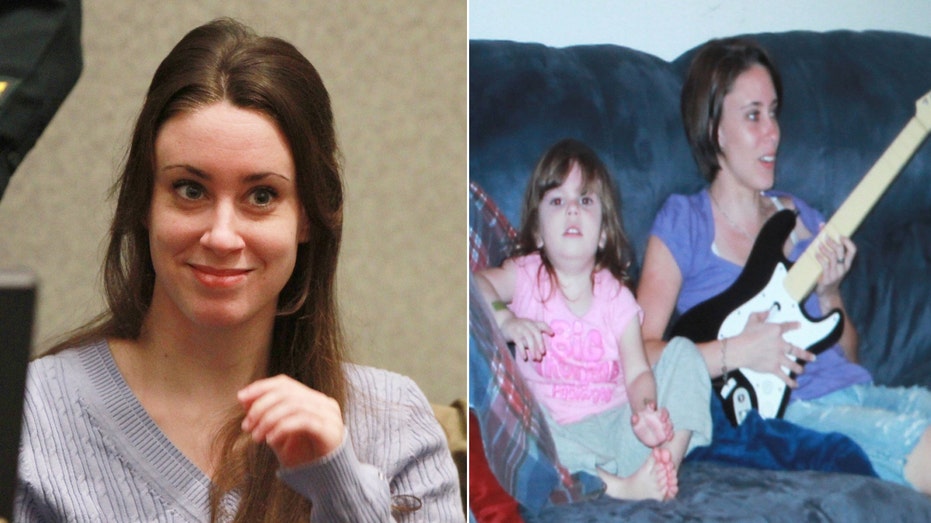








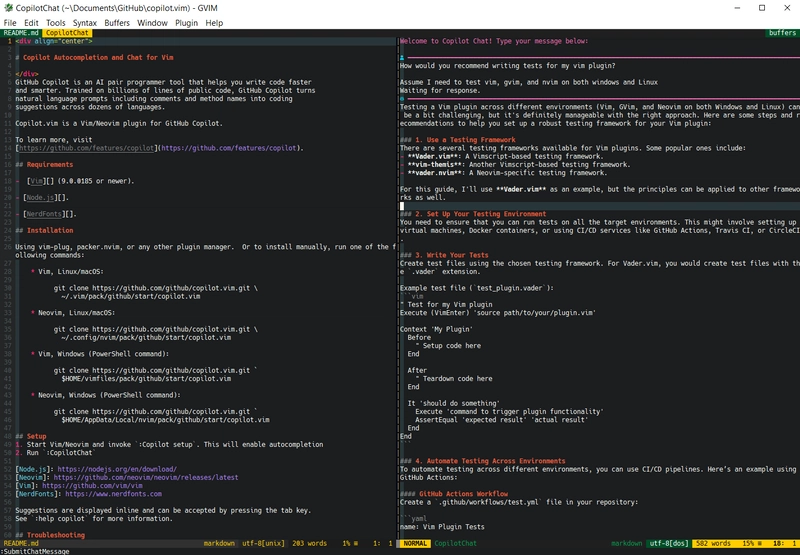
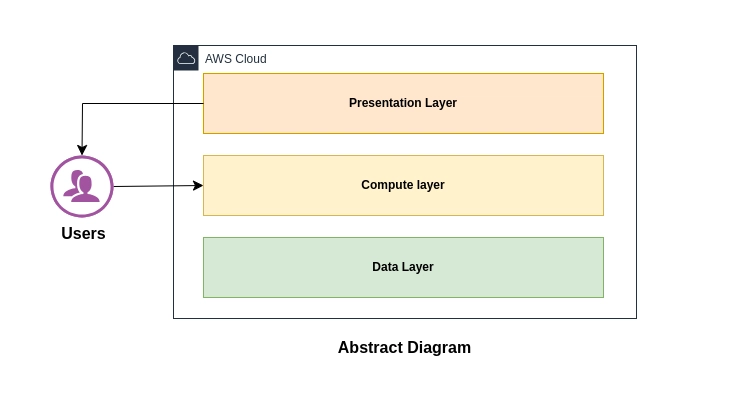















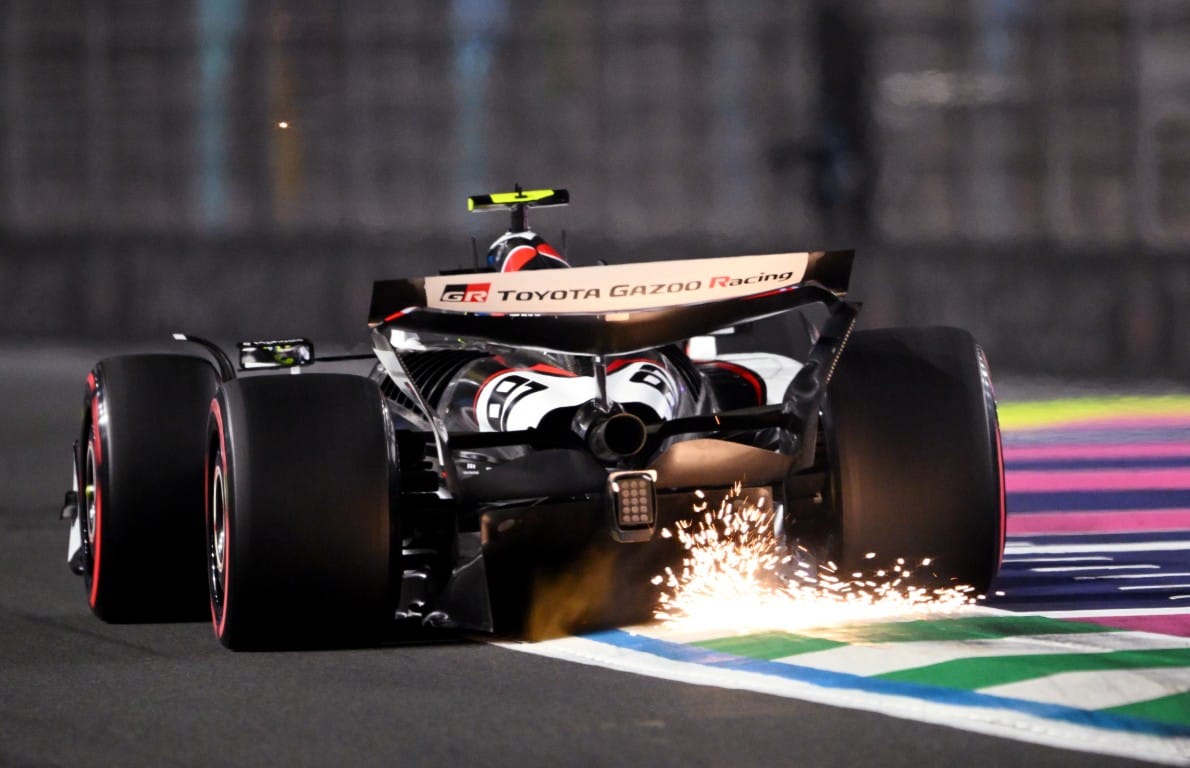












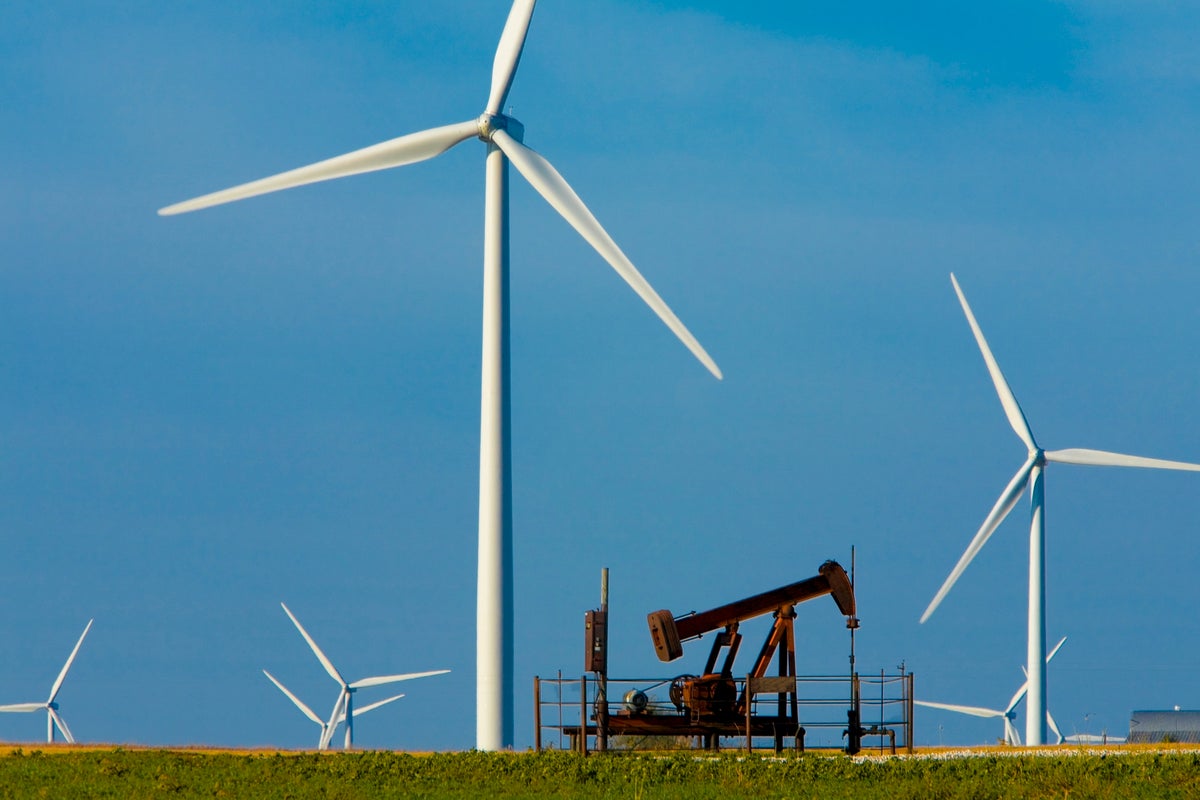







![Flash Sale: Buy IHG Points with 80% Bonus Points [0.56¢ or ₹0.47/Point]](https://boardingarea.com/wp-content/uploads/2025/04/05da39b5f488f7dd0ed5a2f2d34bd5c5.jpg?#)



